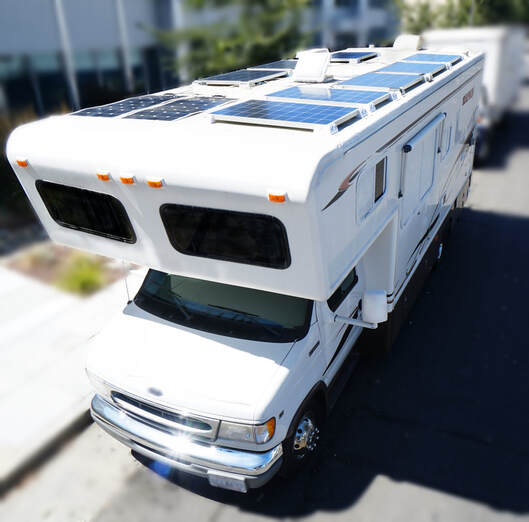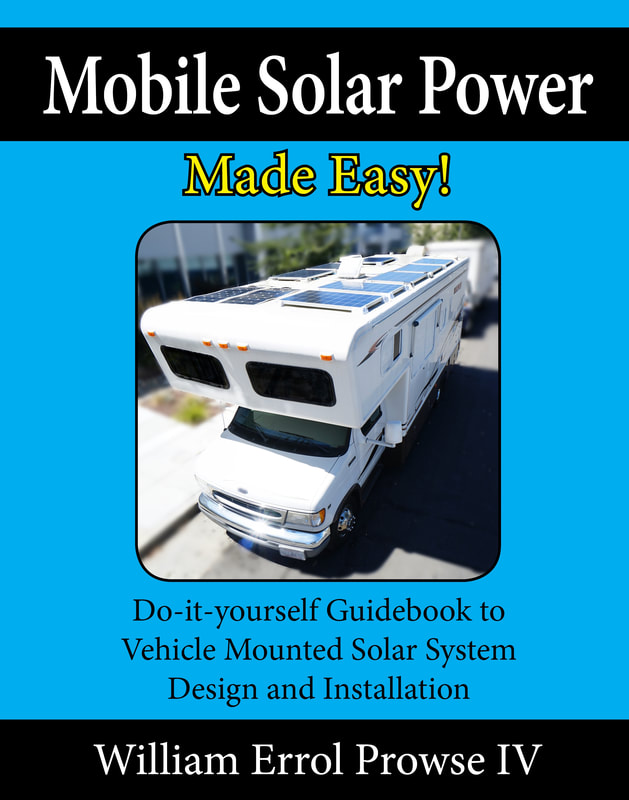Wow, there's a lot involved with your request. You might first want to look at Will's resources on this site as a starting point.
Like here for example:
Building a vehicle mounted solar power system? Let me help.
www.mobile-solarpower.com
And perhaps buy his book and read it, 'Mobile Solar Power Made Easy':
Building a vehicle mounted solar power system? Let me help.
www.mobile-solarpower.com
He covers all the stuff about sizing fuses and wiring.
The first thing I usually like to do, is start with determining component locations, and getting all the equipment mounted in the most logical locations first.
Then start figuring out where fuses and breakers need to be, get your schematic all sorted out, and fuse/cable sizing. There are wire gauge calculators all over the internet.
Read all the manuals for your new equipment, they will indicate maximum amp draws and recommended cable gauges in many cases. Fuses are sized to protect wiring from melting on short circuit or high current situation. Fuse location is important too, to protect the length of the cable and cut power closest to the power source.
And remember, on a vehicle, imagine the van is driving down a rough bumpy dirt road, and everything is bouncing and vibrating all over the place as you're fastening all the components and cabling down, vibration and shock can kill things, so think like the car is driving in worse case scenario, make sure cables aren't able to wiggle around putting strain on connectors to the fuseholders and component connections, they will wiggle and get looser in time, make sure batteries are securely fastened down, etc...
Like also imagine if the van was sitting upside-down in a ditch (hopefully that would never happen), and imagine what it would take to build a battery holddown that can hold the battery it its proper place and not fly out somewhere. Just stuff like that.
I just helped a guy in my area with all this the other day on his Ram van... He hadn't thought about thinking all the movement potential.




